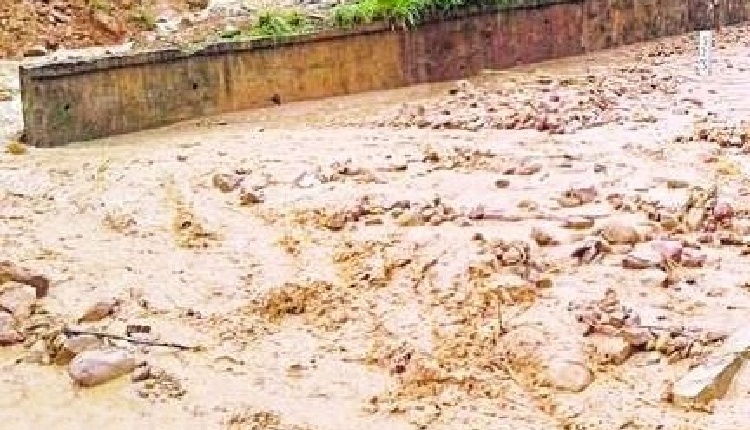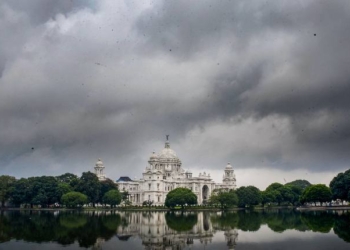Manali: The strategic Manali-Leh highway was blocked near Zingzingbar on Monday owing to a massive mudslide triggered by a flash flood after overnight torrential rain in Lahaul-Spiti district in Himachal Pradesh, officials said, adding that there was no reported casualty.
The accumulation of debris and rocks damaged the highway.
According to the police, the Border Roads Organisation (BRO) has deployed men and machinery to clear the debris.
“All traffic is halted at Darcha and Sarchu police check posts until the road is cleared,” said the Lahaul-Spiti police.
According to the police, due to the increased water level in the Chanderbagha River near Tadang village, residents are evacuated to Junda village. The gram panchayat was informed.
The government has already issued an advisory for tourists and locals to refrain from high mountains, wandering near rivers and other places vulnerable to landslides.
The Mandi-Kullu-Manali national highway was disconnected from Chandigarh last week several times due to landslides at many places ahead of Mandi town. Public transport and tourist vehicles were stuck there.
The cold desert of Lahaul-Spiti saw one of the most devastating avalanches in 1979 that claimed more than 250 lost lives.
Locals believe learning from that disaster they started a campaign to save forests that showed positive results and such scale of loss of life and property has not been witnessed again.
The 428-km Manali-Leh highway is strategic for the movement of the Armed Forces and their supplies and wares to forward areas in the Ladakh region that borders both China and Pakistan.
The highway winds its way through the Baralacha Pass (16,020 feet), Lachlungla Pass (16,620 feet) and Tanglangla (17,480 feet).
While the BRO’s Project Deepak is responsible for clearing snow on the Sarchu-Manali highway, Project Himank takes care of the Leh-Sarchu highway.
Sarchu is a border between Himachal Pradesh and Ladakh.
Not accessible by road throughout the year, the picturesque Lahaul Valley, an ideal getaway for trans-Himalayas, remains cut off from the world for more than four months a year due to heavy snowfall.
It reopens once the snow starts thawing after mid-April.
(IANS)
















